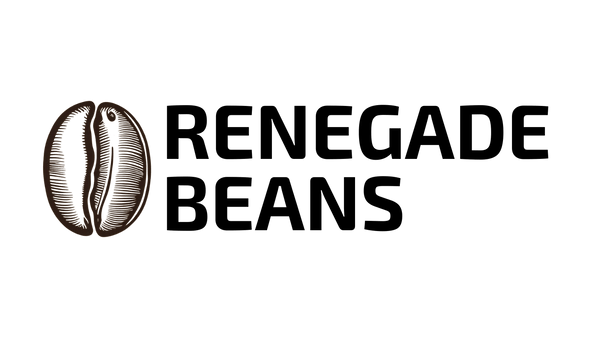DAY 6 - Coffee time
Share with others
Moving from the central plateau down to the coast, everything changes – the landscape, the houses, the way people dress, and even the general vibe. The rice fields of the central highlands waiting for spring, brick houses, rather sombre people and the kind of poverty that feels intrusive give way to lusher nature, more colourful clothes, and a brighter mood. And even though the bamboo huts along the roadside may look even more modest than the brick houses, the overall feeling is somehow more optimistic and pleasant. Everyone is busy with their own things and suddenly you notice that, walking down the street, people no longer gather around you asking for alms. Curious looks still follow you and from time to time someone tries to sell you something, but it all feels freer and calmer. You’re smiled at and you smile back.
The nature and climate have changed too. It reminds Georgia, where even at 25 degrees you sometimes feel like you’re in a steam bath. The humidity is high and the vegetation different. There are still plenty of rice fields, but now they sit in the middle of surrounding greenery. Suddenly we’re surrounded by intense aromas – cloves drying on mats by the roadside, blooming coffee trees, and ylang-ylang.
Yesterday we visited the first coffee villages – altogether 12.5 km of walking along muddy paths, but unlike in Daga, the terrain here is mostly flat, so it didn’t require much physical effort. It quickly became clear how important it is here to own a plot of land. In the first village we met people picking cloves, but not from their own land. The land belonged to the Chinese, and the locals were just workers paid a monthly wage. The wage was 10,000 Ariary, about 2 Euros. Basically, you could call it modern-day slavery. Fortunately, it isn’t the norm everywhere. In the next villages we mainly met farmers who owned their land and could decide themselves what to grow and to whom they sold it.
That said, things are not easy for them either. Much depends on the weather. Five years ago, a cyclone so strong hit the island that much of the coffee crop was destroyed, and the previous production levels have not been fully regained since. As farmers’ income disappeared with the cyclone, there was also famine in several areas. This year coffee growers have been struggling with lack of rain. On hillsides without shade trees, the coffee trees often looked miserable and half-bare, while elsewhere they were healthy and full of white blossoms.
Different communities function differently. In some villages farmers work together like in a cooperative, while in neighbouring villages each family farms their own land and sells their coffee themselves. Families are large, usually 10–20 people across generations, and in more densely populated villages land shortage is a big issue. It forces families to choose: do they grow rice and vegetables to eat or coffee to sell? One positive thing about coffee is that it is usually grown together with other crops, and the whole picture resembles a tropical forest – coffee, bananas, clove trees, fruit trees, pineapples. Some of it goes for sale, some stays on the family table. But rice is still necessary as it’s the staple food here. If a family doesn’t own a rice field, a considerable part of the money from coffee sales goes to buying rice.
Another big expense is school. Tuition is only about 40–50 Euros per child per year, but as families usually have a lot of children the total amount is quite big. Plus they need clothes, supplies, and often accommodation in a more distant town. So, even though a farmer can earn 1,000–2,000 Euros from coffee (a lot of money in local terms), after covering school and food expenses there’s not much left. That’s why in the villages you see so many people in ragged clothes, and the first thing they asked us for help with was buying tools – hoes and sickles.
We also got a fairly good picture of how coffee is sold here locally, who pays and how much. Generally, farmers here don’t face the same problem as in Daga – everyone manages to sell their coffee. But the power in the market lies with the buyers and the price farmers get is often very low – usually about 2 Euros per kilo of cleaned green coffee beans, even less during the picking season. The reason is simple: farmers need money right away, so they want to sell quickly. When everyone has coffee to sell at the same time, buyers can manipulate and dictate prices. Two or three months after the harvest, the power shifts to the sellers and prices can even double. Unfortunately, by then most small farmers have already sold their beans, so once again, those already better off benefit.
Now we’re going to spend a couple of days with coffee farmers living deeper in the jungle, in villages that can only be reached by boat. Let’s see what awaits us there…
And finally, the ongoing protests in Madagascar are gradually spreading to smaller towns as well. Yesterday, the first demonstration took place in Manakara, where we’re staying now. By the time we got back to town, the protest was already over, but we still saw lots of police and soldiers on the streets with automatic rifles and tear gas guns. In the capital, more people were killed again. Let’s hope they somehow manage to find a solution in the coming days…
